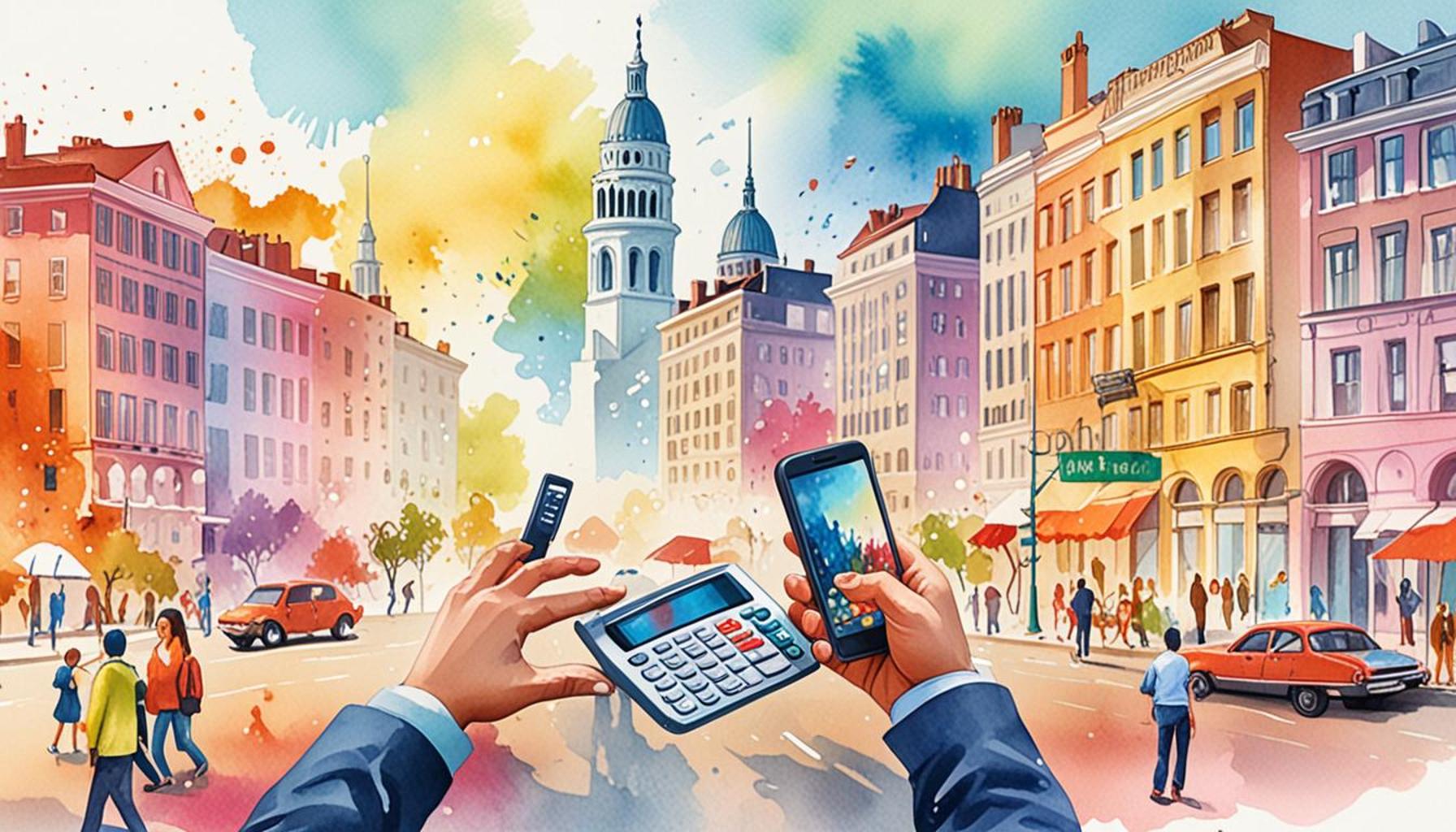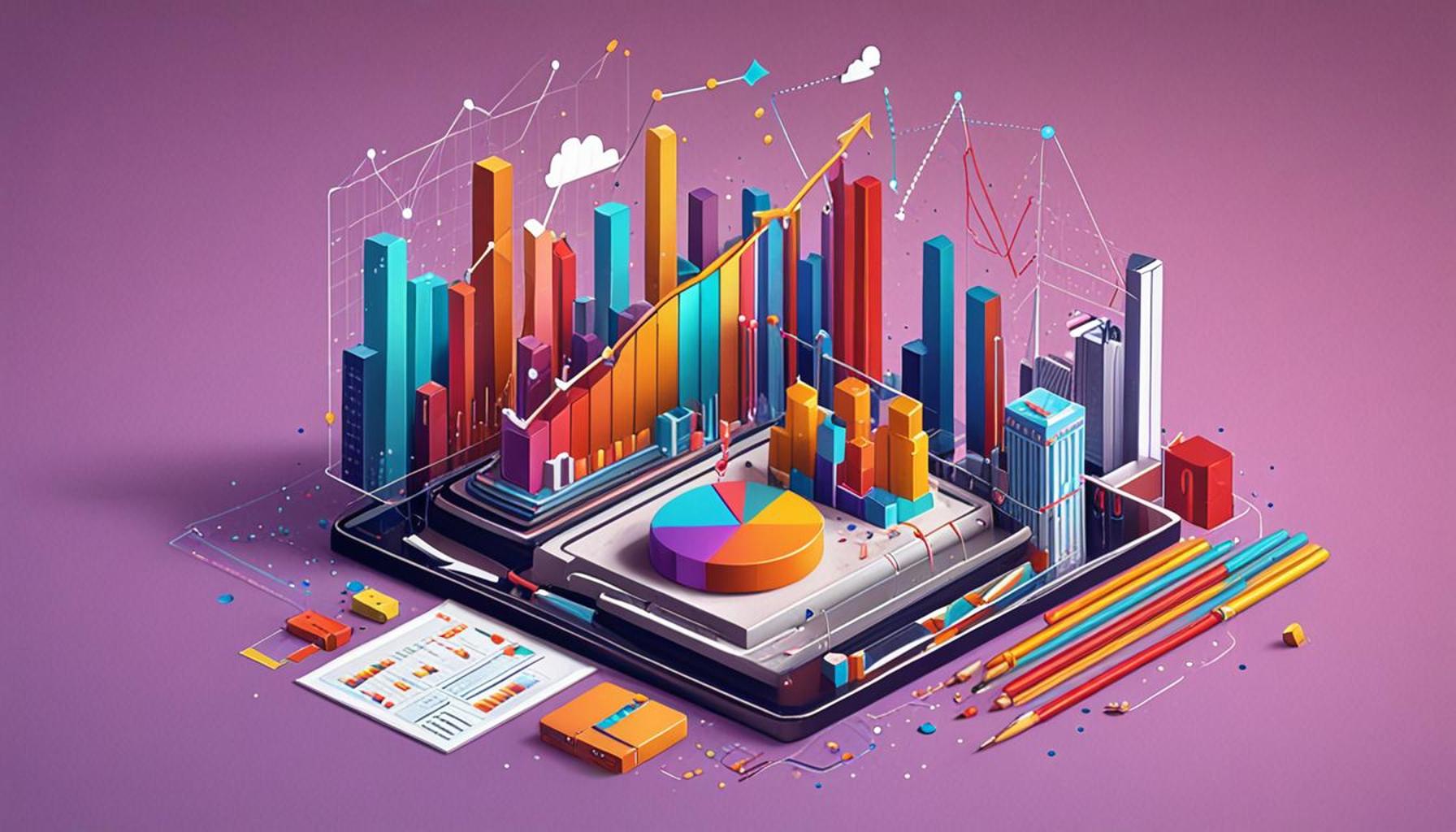How Digital Technologies Are Transforming the Citizen Experience in Accessing Government Benefits

Transforming Citizen-Government Interaction
As we navigate through an age marked by unprecedented technological advancements, the way citizens engage with their government is witnessing a notable shift. Digital innovations are not just enhancing access to government benefits; they are revolutionizing the entire experience of interacting with public services. From streamlined applications to personalized support, these changes promise a more efficient and user-friendly encounter for all citizens.
One of the most significant developments in this arena is the implementation of online portals. Many government agencies now provide centralized online platforms where individuals can submit applications for benefits, check the status of their requests, and receive updates in real-time. For instance, the U.S. Social Security Administration has revamped its website, allowing users to apply for retirement benefits, disability, and more, all from the comfort of their own homes.
Mobile applications are another game-changer in the landscape of government services. With dedicated apps, users can access critical information and services instantly. For example, the Department of Veterans Affairs has developed the VA Mobile app, which enables veterans to manage appointments, view health records, and receive vital notifications directly on their smartphones. Such applications have made staying informed about necessary services not only convenient but also timely.
Beyond access, the use of data analytics is particularly noteworthy. Governments are increasingly tapping into data to enhance service delivery. By analyzing patterns and trends, agencies can anticipate the needs of citizens, tailoring services to provide more personalized experiences. This adaptive approach allows for better resource allocation and a focus on areas that require the most attention, ultimately improving outcomes for the individuals served.
Benefits for Citizens
The benefits of these technological advancements are profound. For starters, increased accessibility means that information is available at any time and from any place, making the bureaucratic process significantly less daunting. Citizens can complete applications or check on benefits without needing to queue in a government office, which can often be time-consuming.
Time savings are another clear advantage. Automation reduces tedious waiting times, enabling citizens to secure approvals and resolve issues more quickly. For example, an individual applying for unemployment benefits can often see a faster turnaround on their application due to automated processing systems.
Moreover, the drive for enhanced transparency further empowers citizens. Digital tools provide clearer and more comprehensive information regarding eligibility criteria, application steps, and timelines, enabling individuals to navigate the process with confidence and clarity. This shift has the potential to demystify the often-overwhelming bureaucratic landscape and foster trust between citizens and their government.
As states continue to embrace these technological advancements, the implications for citizen engagement are profound. Not only do they promise to improve satisfaction and efficiency, but they also hold the potential to create more participatory and informed citizenry. As we move forward, it becomes increasingly important to explore and adapt to these evolving tools that facilitate access to government assistance.
SEE ALSO: Click here to read another article
Redefining Accessibility and Usability
The transformation of citizen experiences in accessing government benefits is heavily driven by digital technologies that prioritize accessibility and usability. The traditional model of navigating government services, fraught with paper forms and long wait times, has evolved into a more streamlined digital process. This shift not only accommodates diverse populations but also aligns with the new expectations of users who demand efficiency and convenience.
An essential aspect of this evolution is the rise of self-service options. Many government agencies now empower citizens to independently manage their benefits through user-friendly interfaces. For instance, the U.S. Department of Labor has introduced online systems where individuals can file for unemployment benefits or wage claims without requiring assistance. This level of self-service allows citizens to take charge of their applications, leading to fewer errors and improved accuracy in submissions.
Furthermore, the integration of artificial intelligence (AI) and chatbots provides users with immediate assistance. These tools can guide citizens through complex applications and answer common questions in real-time. For example, specific queries about changing personal information or eligibility requirements can now be addressed through simple chat interactions. The AI-driven chatbots contribute to reducing the workload on human agents while ensuring that citizens receive timely responses.
Key Features Enhancing the Experience
The digital revolution in government benefits access introduces several key features that enhance the citizen experience:
- Automated Notifications: Citizens receive timely updates about their application status, ensuring that they are never left in the dark about important timelines.
- Document Upload Facilities: Digital platforms often allow users to upload necessary documents directly, minimizing the need for in-person visits and reducing processing times.
- Multilingual Support: To address the diverse demographic of the United States, many digital interfaces now offer multiple language options, allowing non-English speakers to access benefits with ease.
This focus on enhancing the user experience is not merely a reaction to changing consumer behavior; it reflects a profound understanding of the importance of accessibility in governance. Studies indicate that when government services are easier to navigate, citizens are more likely to engage with them meaningfully, leading to improved service outcomes.
Moreover, as technology continues to evolve, there is an increasing emphasis on mobile optimization. With smartphones becoming ubiquitous, government agencies are ensuring that their services are just a tap away. For instance, the California Employment Development Department has rolled out an app that simplifies the unemployment claim process, allowing users to submit applications and check their status anytime and anywhere.
The fusion of these digital technologies not only promotes efficiency but also fosters a renewed trust between citizens and government. As these services become seamlessly integrated into everyday life, they pave the way for a more informed and engaged citizenry—one that is not merely passive but participates actively in the governance process.
| Category | Benefits |
|---|---|
| Accessibility | Digital platforms allow citizens to access government services 24/7, making it easier for individuals unable to visit offices during regular hours. |
| Efficiency | Automation and online applications drastically reduce processing time for benefits, enabling quicker response and service delivery. |
| Transparency | Digital tools provide a transparent view of application statuses, enhancing accountability and citizen trust in government processes. |
| User Experience | Intuitive online interfaces improve interaction with government services, leading to a more satisfying user experience. |
Digital technologies are revolutionizing how citizens engage with government benefits by emphasizing more user-friendly and accessible services. By prioritizing the elimination of bureaucratic inefficiencies, the integration of e-governance platforms allows for a streamlined, uncomplicated application process. As citizens navigate online portals with ease, they gain access to essential resources without the added burden of traditional pathways. Moreover, the rise of mobile applications ensures that crucial information and services are just a click away. In this era of information technology, authorities are increasingly utilizing data analytics to enhance decision-making processes and identify areas needing improvement. This data-driven approach not only optimizes service delivery but also fosters a culture of innovation in public service, serving to engage citizens actively in the democratic process. Exploring these advances reveals a commitment to enhancing the overall citizen experience, vital in today’s rapidly changing digital landscape.
ADDITIONAL INSIGHTS: Expand your understanding here
Building Bridges Through Digital Inclusion
As digital technologies redefine the landscape of government benefits, one significant aspect is digital inclusion. The aim is not just to provide services but to ensure that all citizens, especially marginalized groups, have equitable access to them. This has become increasingly vital as the digital divide persists, creating disparities in who benefits from technological advancements.
Many governmental initiatives are now intentionally designed to bridge this gap. For example, programs like the U.S. Department of Agriculture’s SNAP (Supplemental Nutrition Assistance Program), which provides food benefits, have embraced digital technology by allowing applicants to access forms and receive benefits through mobile applications. The process has become more straightforward, but agencies are also recognizing that not all citizens have the same level of technological literacy or access to devices.
As a response, outreach programs have been launched to educate citizens on accessing these digital platforms. Initiatives include community workshops and collaborations with local libraries, which often serve as essential hubs for internet access and computer literacy training. By empowering these groups, governments aim to ensure that digital benefits are just as accessible to those who may have previously felt alienated from the system.
Enhancing Security and Privacy
As citizens increasingly interact with government systems online, there is a growing concern about data security and privacy. Digital technologies empower citizens, but with this comes the responsibility to protect sensitive information. To address this, many agencies are investing in robust cybersecurity measures and transparent privacy policies. For instance, the HealthCare.gov platform employs advanced encryption methods to secure personal data while providing users with accessible information regarding their data rights.
Additionally, the implementation of multi-factor authentication has been adopted to further safeguard personal information during the application processes. This extra layer of security not only instills confidence in users but also is essential in combating fraud and identity theft, which have become increasingly prevalent in digital transactions. As government services evolve, the focus on security and privacy will be critical in maintaining public trust.
A Future of Constant Innovation
The pace of technological advancement means that government agencies are under continuous pressure to innovate and improve their services. The concept of agile development, which emphasizes iterative progress through small, manageable enhancements, has found a place in the evolution of public service platforms. Agencies are experimenting with emerging technologies such as blockchain to improve transparency and efficiency in the delivery of benefits.
For example, pilot programs utilizing blockchain technology for welfare distribution in some states aim to create an immutable record of transactions, reducing the potential for fraud while ensuring that aid reaches those in need. Moreover, data analytics is being employed to better understand user behavior and tailor services accordingly, creating a more personalized experience for users.
As these digital transformations continue to unfold, they present both opportunities and challenges. While the tools of the digital age are making services more accessible, there remains a pressing need for ongoing efforts to ensure that innovation does not outpace accessibility efforts. Balancing efficiency with inclusivity will be paramount in shaping the future of how citizens interact with government benefits.
CHECK OUT: Click here to explore more
Conclusion: Embracing a New Era of Government Interaction
The integration of digital technologies into government services is fundamentally reshaping the citizen experience in accessing benefits, fostering an environment where efficiency, accessibility, and user engagement take precedence. As highlighted throughout this discussion, initiatives like mobile applications for programs such as SNAP illustrate a commitment to streamlining processes that once felt daunting and inaccessible. However, while these advancements offer significant opportunities for many, an underlying responsibility remains to address the digital divide that still leaves certain populations behind.
In response to this challenge, governments are not only adopting technology but also implementing outreach efforts and educational programs designed to empower all citizens with the skills needed to navigate these digital platforms confidently. Striving for digital inclusion and enhancing data security are critical steps in building trust as citizens engage with government services in this increasingly digital landscape.
Moreover, the future of public service is poised for continual evolution through innovations such as blockchain technology and data analytics, which are projected to refine services further and create tailored interactions based on user behavior. This promising direction emphasizes the vital need for balance; as agencies innovate, they must also prioritize accessibility to ensure that advancements are beneficial for everyone.
Ultimately, the transformation of the citizen experience in accessing government benefits through digital technologies signifies not only a shift in service delivery but also the potential for a more connected, informed, and engaged citizenry. As we look ahead, the ongoing conversations surrounding inclusivity and security will be crucial for fostering an environment where all citizens can harness the full potential of these technologies.

